|
On December 29, 2022, the second of the SECURE Acts (or the SECURE Act 2.0) was signed into law. Just like a good movie, there is nothing like a sequel!
SECURE stands for Setting Every Community Up for Retirement Enhancement. Just like every other enhancement bill from our good friends in Washington, it would be wise to see that you still have your wallet after its passage. Both Secure Acts seek to reform how Americans prepare for retirement while juggling current spending needs (i.e., sticking it to some taxpayers). Since few Americans are financially prepared for retirement, this bill has a lot of heavy lifting to do. Usually, these bill have such reassuring names but do very little to make your life better (my opinion only). At first blush you will likely see the added burden both administratively and cost wise that Congress has forced on companies to give you the flexibility reflected below. Let’s take a look at some of the key provisions that affect our average clients. For Individual Savers:
For Employer Plans: There also are provisions to help employers offer effective retirement plan programs:
Other Savings and Withdrawal Provisions: It can be hard to save for your future retirement when current expenses loom large. We advise proceeding with caution before using retirement savings for any other purposes, but SECURE 2.0 does include several new provisions to help families strike a balance.
All Things Roth: Tax planning for your retirement savings is also important. To help with that, you can typically choose between two account types as you save for retirement: Traditional IRA or employer-sponsored plans, or Roth versions of the same. Either way, your retirement savings grow tax-free while they're in your accounts. The main difference is whether you pay income taxes at the beginning or end of the process. For Roth accounts, you typically pay taxes up front, funding the account with after-tax dollars. Traditional retirement accounts are typically funded with pre-tax dollars, and you pay taxes on withdrawals. That's the intent, anyway. To fill in a few missing links, the SECURE 2.0 Act:
There's one thing that's not changed, although there's been talk that it might: There are still no restrictions on "backdoor Roth conversions" and similar strategies some families have been using to boost their tax-efficient retirement resources. New RMD Provisions: Not surprisingly, the government would prefer you eventually start spending your tax-sheltered retirement savings, or at least pay taxes on the income. That's why there are rules regarding when you must start taking Required Minimum Distributions (RMDs) out of your retirement accounts. That said, both SECURE Acts have relaxed and refined some of those RMD rules.
Next Steps: How else can we help you incorporate SECURE 2.0 Act updates into your personal financial plans?
0 Comments
Your comment will be posted after it is approved.
Leave a Reply. |

